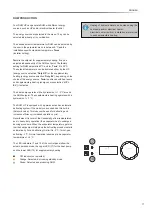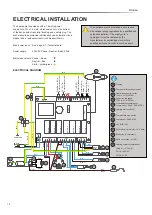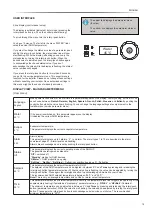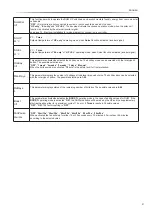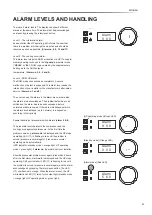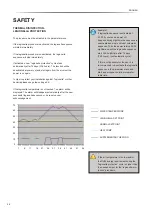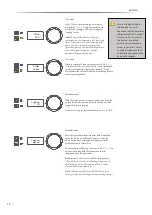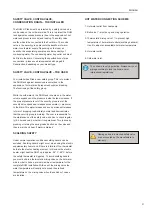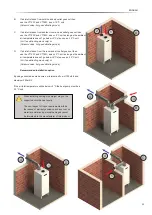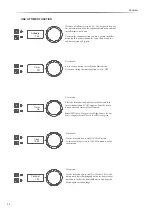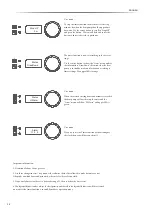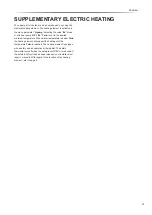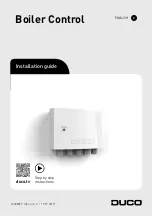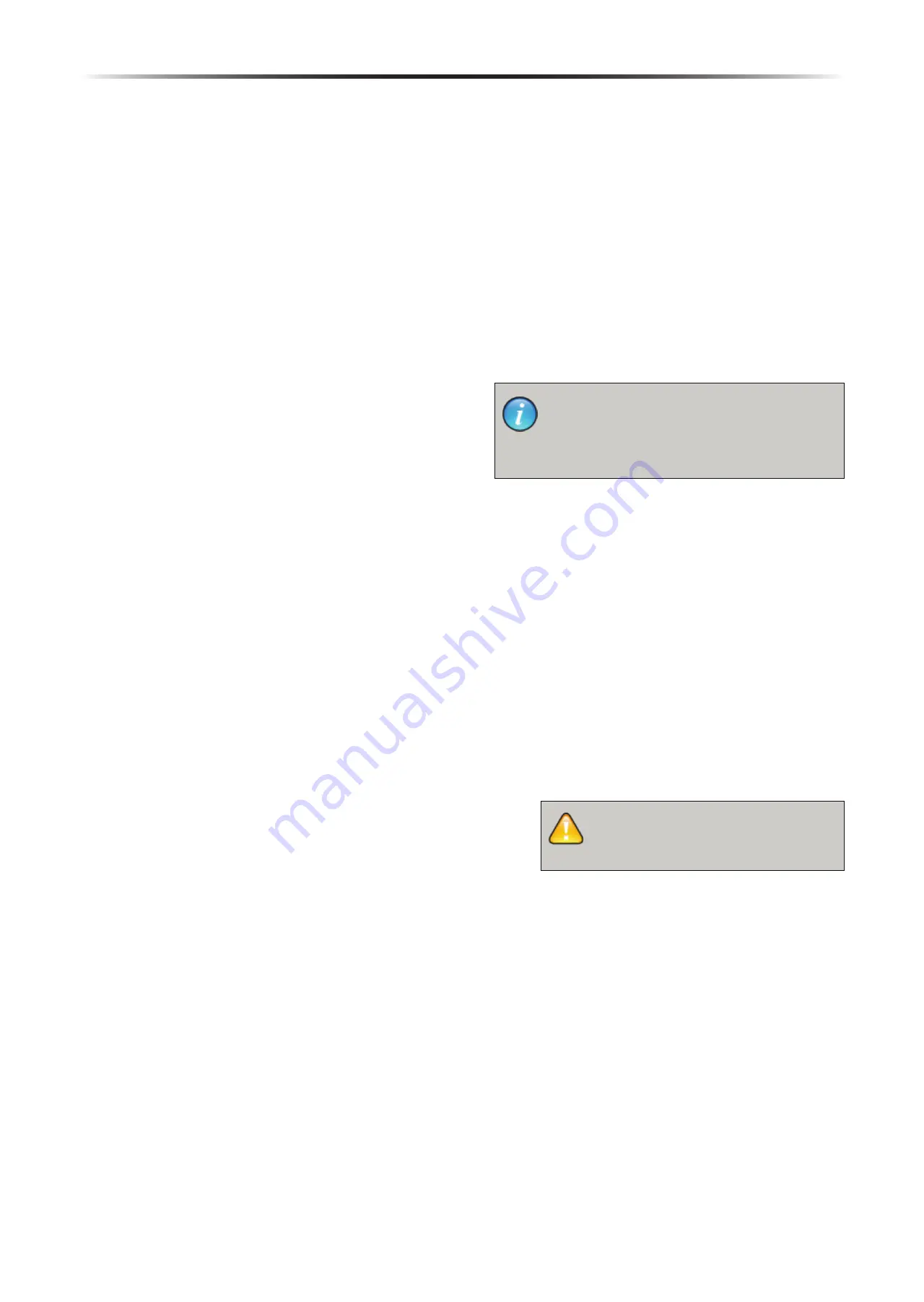
Damages due to a blocked safety valve
are not covered by the manufacturer’s
warranty.
The scheme is only a guideline. Always carry out
piping according to local, national and/or
international legislations.
SAFETY VALVE, CONTRA VALVE,
CONDENSATION DRAIN – THE INSTALLER
The DHW HP tank must be protected by a safety valve and a
contra valve on the cold water side. This is to protect the DHW
tank against excessive pressure (due to the expansion of hot
water and pressure shocks) and leaking. The safety valve
overflow has to be connected to the floor drain. The contra
valve in the security group prevents the backflow of warm
water to cold water supply. Depending on the input air
humidity, the evaporator generates a certain quantity of
condensing water. The condensing water tray outlet unit must
be fitted to the drain. Concerning the specifications of pipe
connections - please
see dimensional sketch page 8-9
Construction, depending on your model type.
SAFETY VALVE, CONTRA VALVE – THE USER
Your installer has fitted a new safety group. This is to protect
the DHW tank against excessive pressure (due to the
expansion of hot water and pressure shocks) and leaking.
The functioning of the safety group:
While the cold water in the DHW tank is heated up, the water
volume expands and the pressure inside the tank increases. If
the pre-set pressure level of the security group is met, the
security valve opens and releases excess water (= pressure)
to the drain. This water release and even permanent releases
in form of dropping, is absolutely normal and demonstrates
that the security group is working. The user is responsible for
the maintenance of the safety valve, and has to check regular-
ly (4-5 times a year), whether it is operational. This is done by
pressing or turning the spring loaded button on the valve and
then to watch and hear, if water is drained.
SCALDING SAFETY
Under normal operation conditions scalding hazard can be
excluded. Scalding hazard might occur, when using the electric
supplementary heater and if there is a failure of the thermostat
built into the electric heating element. In this case the electric
heater might heat the DHW up to approx. 95° C - 98°C, before
the safety thermostat is triggered.. To avoid scalding hazard
you must build in a thermostatic mixing valve on the hot water
side in order to have a pre-set maximum temperature for the
complete DHW installation. With use of the mixing valve the
water temperature will usually not exceed the prefixed
temperature on the mixing valve when these kinds of valves
are installed.
HOT WATER CONNECTION SCHEME
1: Hot water outlet from heat pump
2: Ball valve 1”: must be open during operation.
3: Thermostatic mixing valve 1”: to prevent high
temperature of hot water at outlets (scalding hazzard).
Use it to adjust an acceptable hot water temperature.
4: Hot water outlet.
5: Cold water inlet.
ENGLISH
31

